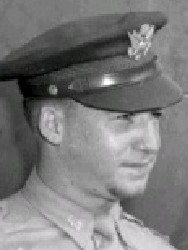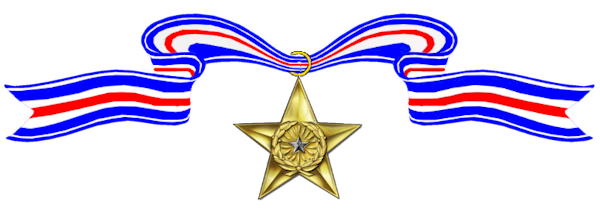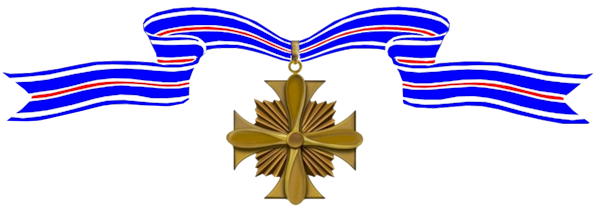Harry Brown was one of the five American pilots to score victories during the attack on Pearl Harbor on December 7, 1941. During World War II, he became a U.S. Army Air Forces ACE, credited with shooting down 5 additional enemy aircraft in aerial combat, to finish the war with a total of SIX aerial victories.

–
Born:
,
Home:
,
Buried:
,
Cemetery:
Awards Received
-

Silver Star
-
Silver Star
Service:
United States Army Air ForcesRank:
Second Lieutenant (Air Corps)Batallion:
47th Pursuit SquadronRegiment:
15th Pursuit GroupDivision:
7th Air ForceAction Date:
December 7, 1941
Headquarters, VII Fighter Command, General Orders No. 28 (June 27, 1942)The President of the United States of America, authorized by Act of Congress July 9, 1918, takes pleasure in presenting the Silver Star to Second Lieutenant (Air Corps) Harry Winston Brown (ASN: 0-424898), United States Army Air Forces, for gallantry in action while serving with the 47th Pursuit Squadron, 15th Pursuit Group, SEVENTH Air Force, In action at Wheeler Field and over the Island of Oahu, Territory of Hawaii, and waters adjacent thereto, on 7 December 1941. When a surprise attack was launched by a large number of Japanese airplanes on Wheeler Field, Territory of Hawaii, and the vicinity thereto, Second Lieutenant Brown immediately proceeded by automobile to the Haleiwa Landing Field, a distance of approximately ten miles, where the planes of his squadron were located. The trip was made under heavy enemy fire. Upon arrival at Haleiwa Landing Field, he took off with an airplane for the purpose of attacking the enemy forces, without first obtaining information as to the number or type of planes in the attacking forces. He engaged an enemy aircraft and carried on combat until the enemy made his escape in a cloud formation. Shortly after this encounter, he flew over Kaene Point where two of the hostile forces pursued a friendly aircraft in battle. Lieutenant Brown immediately attacked, shooting one of the enemy down and aiding in driving off the other. Lieutenant Brown’s expertness in battle during this engagement was instrumental in saving the life of the pilot in the friendly aircraft. Again, after being joined by another of the friendly forces, Lieutenant Brown attacked a hostile aircraft and continued to fire upon it until his ammunition ran out. The enemy aircraft was last seen by him heading out to sea in evident distress. Lieutenant Brown’s initiative, presence of mind, coolness under fire, expert maneuvering of his plane, and determined action contributed to a large extent toward driving off the sudden and unexpected enemy air attack of 7 December 1941. His gallant actions and dedicated devotion to duty, without regard for his own life, were in keeping with the highest traditions of military service and reflect great credit upon himself and the United States Army Air Forces.


